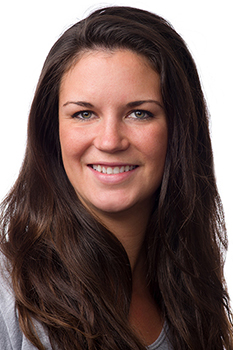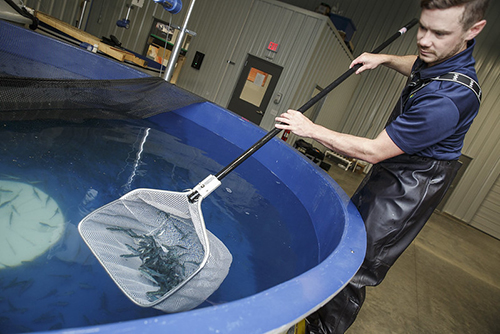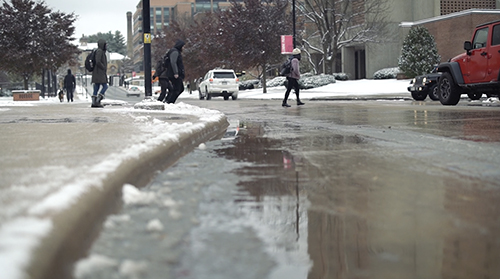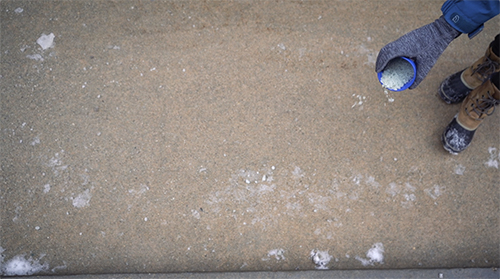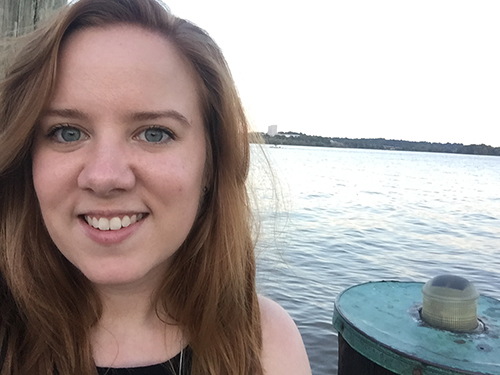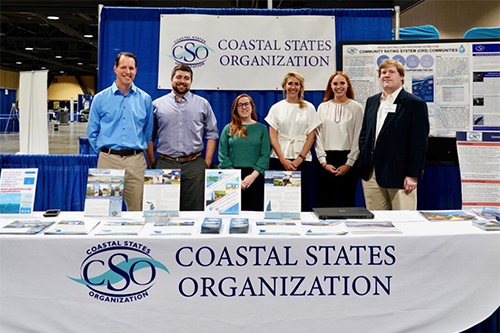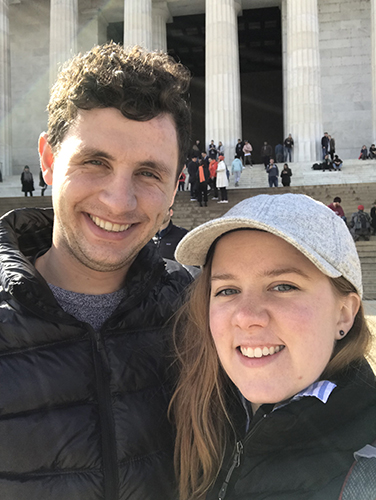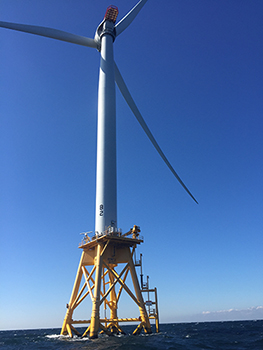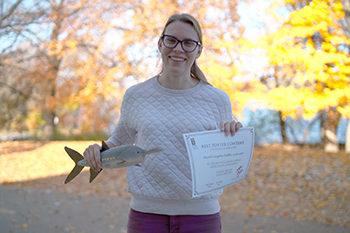New Water Resources Fellow finds her path to hydrology through organic farms
Dec. 3, 2020
By Jennifer A. Smith
For Dana Lapides, the road to a postdoctoral fellowship has wended through organic farms on two continents. Lapides began her post as a Water Resources Science-Policy Fellow at the University of Wisconsin Water Resources Institute (WRI) in early November.
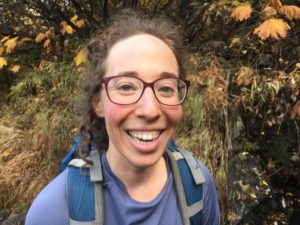
She completed her Ph.D. at the University of California in May, focusing on surface water hydrology. Yet Lapides’ original intent in heading to the Berkeley campus was to study atmospheric science. After beginning her studies, however, she realized that field was not the right fit for her. She knew something else would suit her better as she sought to take her undergraduate background in math in a more applied direction.
While in California, she began volunteering on a campus-owned community farm, and that led to two summers on a farm in Portugal, where a farmer with a computer science background sparked Lapides’ interest in rainwater harvesting.
“He was really thoughtful about how he did everything,” said Lapides of Guy Miklos, owner of the farm Quinta do Barbeito. This introduction to rainwater harvesting drew Lapides to hydrology and sustainable water management. At last, she’d found her professional calling.
For her WRI fellowship, Lapides’ main charge, as she summarized it, “is to help develop a decision support tool for the screening of applications for high-capacity wells in Wisconsin. I’m thinking a lot about how to conservatively estimate how much stream depletion will be caused by a well, so that we can separate out applications into those that are definitely not going to impact stream ecology, and those that may negatively impact stream ecology and require site-specific review.”
Her work will intersect with another postdoctoral fellow, Bryan Maitland, whose holds a joint appointment between WRI and the Wisconsin Department of Natural Resources Fisheries Management Program. “I expect to be working a lot with Bryan on identifying ecological thresholds,” Lapides said.
Due to the COVID-19 pandemic, Lapides is working remotely from Canada, but she hopes to move to Wisconsin at a later date. Wisconsin’s status as a water-rich state was part of what drew her to the WRI fellowship, she noted.
Lapides hails from Pennsylvania and did her bachelor’s degree there before heading to California for graduate school. “Because I didn’t have a water resources background until my Ph.D., my understanding of hydrology and hydrological systems is mainly shaped by California. Going into my postdoc, I was interested in learning about a different region with really different hydrology—a more water-rich system—to broaden my understanding. Wisconsin, in particular, is a very wet state and has more groundwater interacting with surface water, and that was another component I’m interested in investigating more.”
Lapides expects to spend two years in the fellowship program. As for long-term goals, she’s mulling options between government agency work and academia. For now, she said, “I’m excited to have my work be directly applicable and important to management decisions.”
Lapides may be reached at danalapides@berkeley.edu.
The post New Water Resources Fellow finds her path to hydrology through organic farms first appeared on WRI.
News Release – WRI
https://www.wri.wisc.edu/news/new-wri-fellow-finds-path/

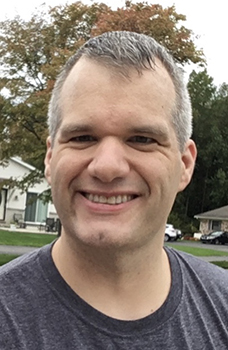
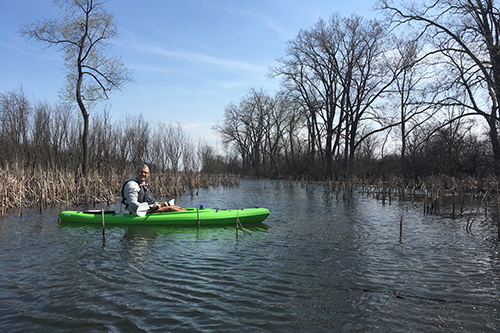
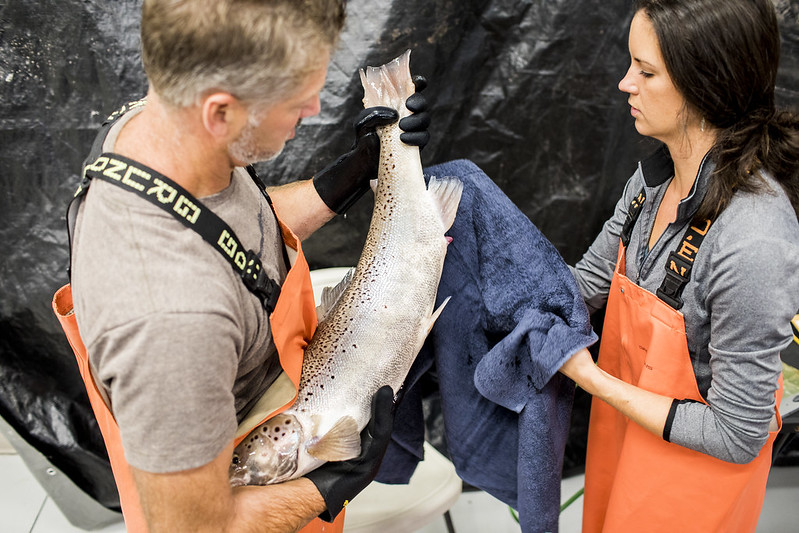
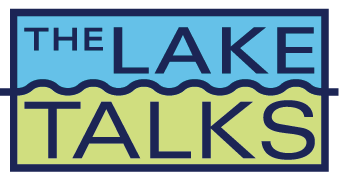 Topics include aquatic invasive species, eating local fish and Green Bay’s ecosystem
Topics include aquatic invasive species, eating local fish and Green Bay’s ecosystem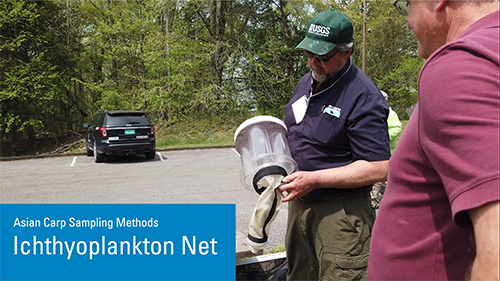
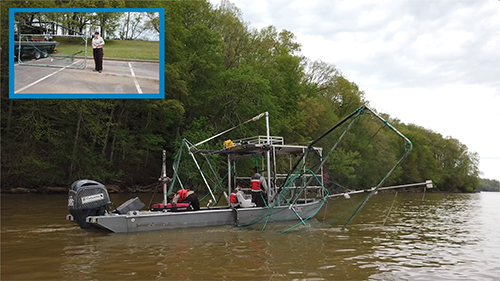
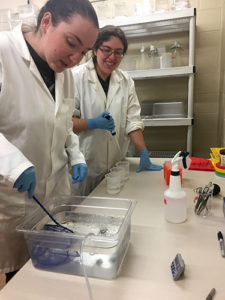
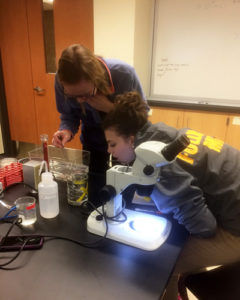
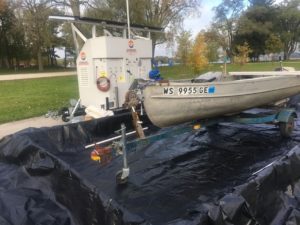
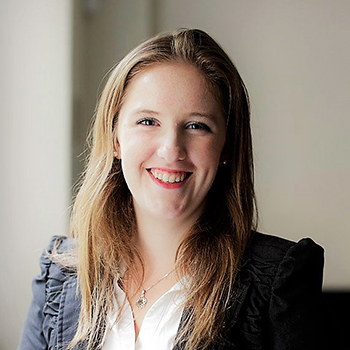
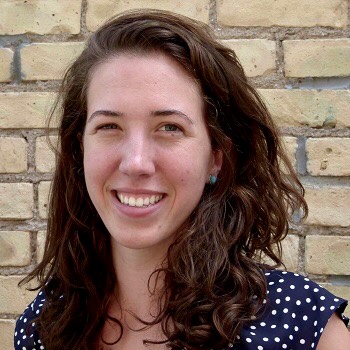
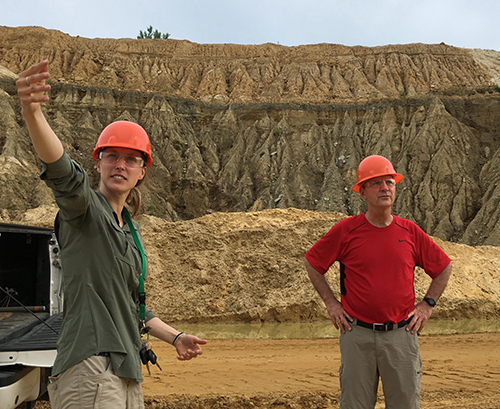
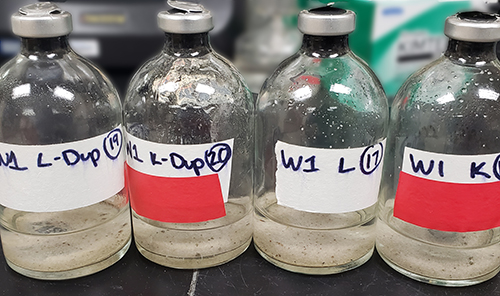
 Along these lines, I greatly enjoyed
Along these lines, I greatly enjoyed 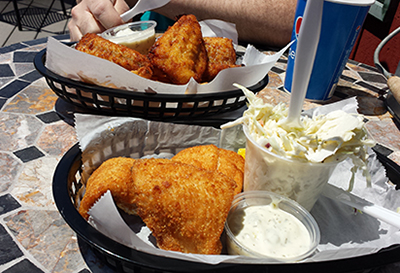
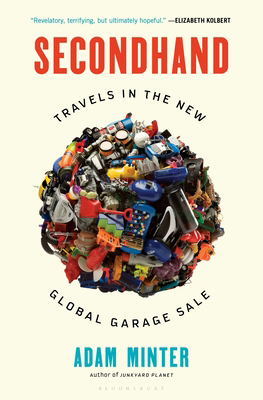
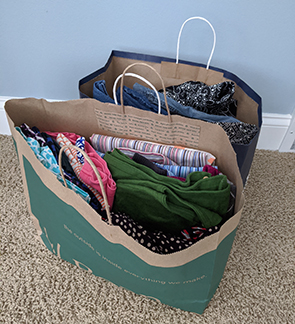
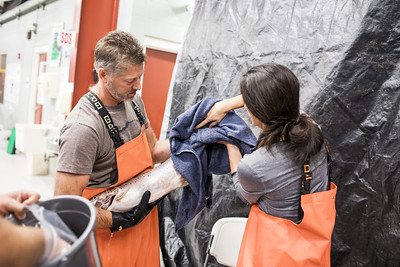
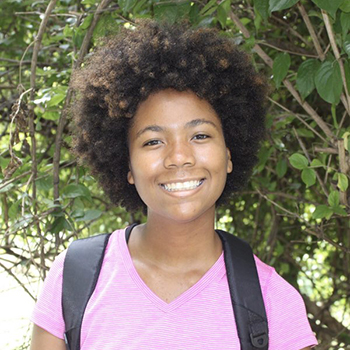
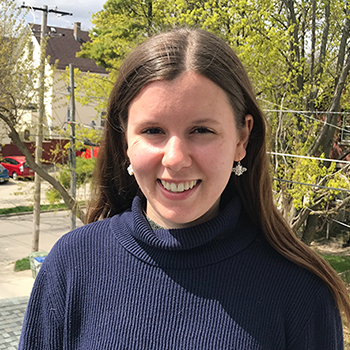
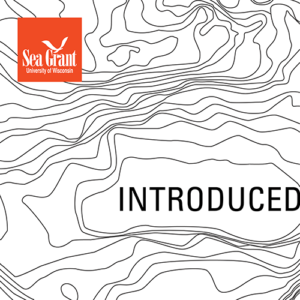
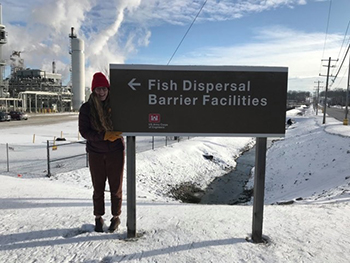
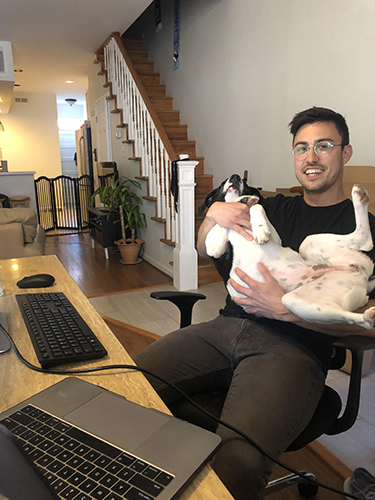
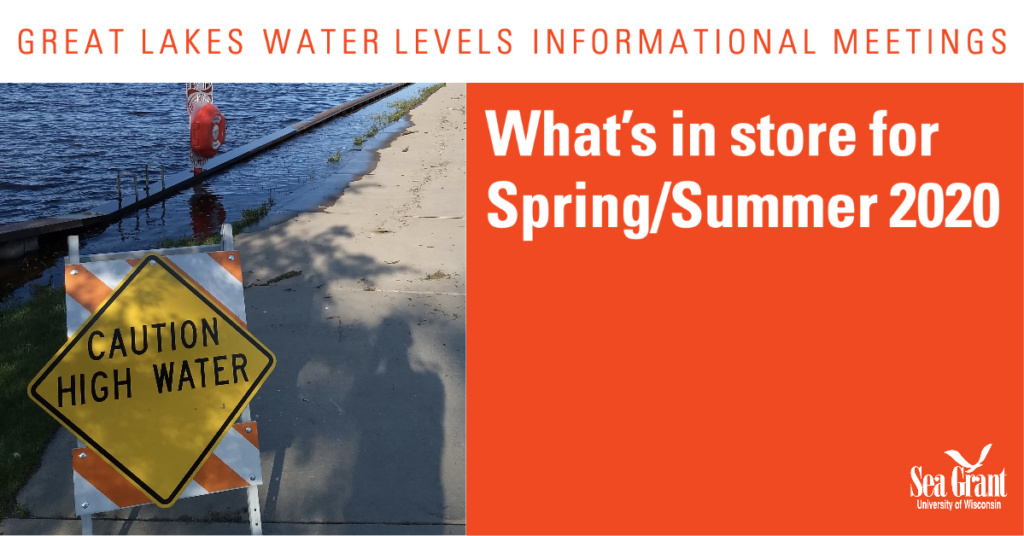 The Zoom session featured Bechle along with speakers from the U.S. Army Corps of Engineers—Detroit District, National Weather Service Forecast Office in Milwaukee/Sullivan and the Wisconsin Department of Natural Resources. The Wisconsin Coastal Management Program and local governments also played a role in putting the session together. About 112 participants watched it live.
The Zoom session featured Bechle along with speakers from the U.S. Army Corps of Engineers—Detroit District, National Weather Service Forecast Office in Milwaukee/Sullivan and the Wisconsin Department of Natural Resources. The Wisconsin Coastal Management Program and local governments also played a role in putting the session together. About 112 participants watched it live.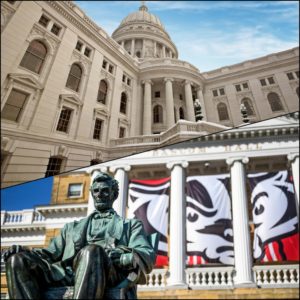
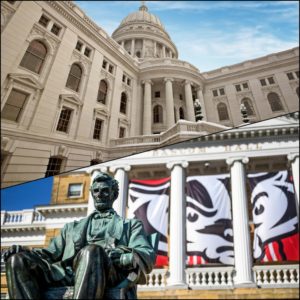
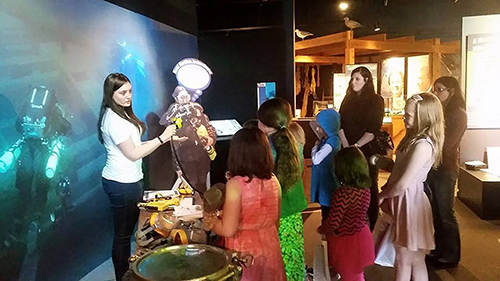
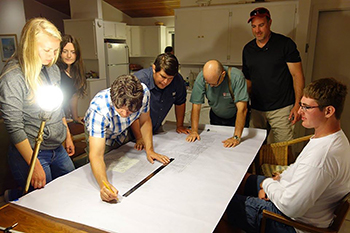
 Due to public health concerns related to COVID-19, the two remaining events in the
Due to public health concerns related to COVID-19, the two remaining events in the 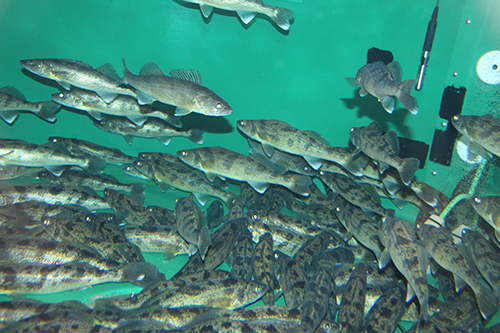
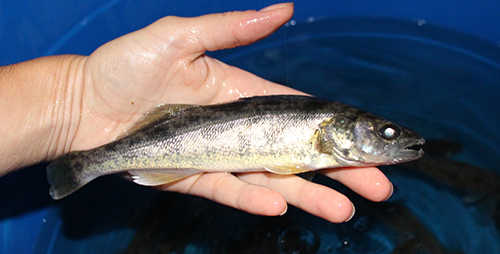
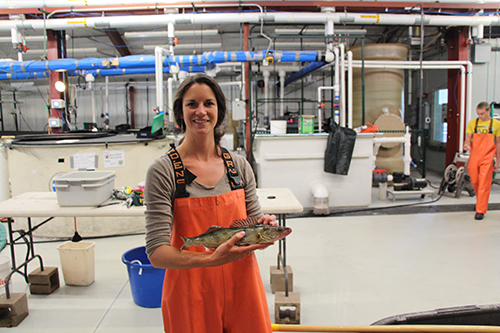
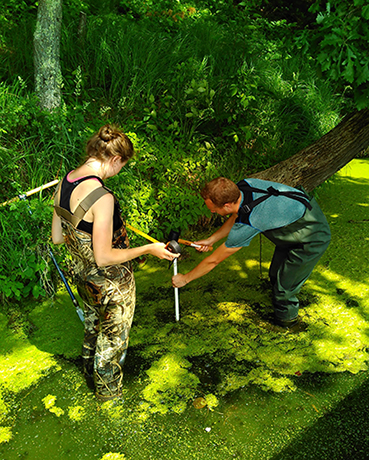
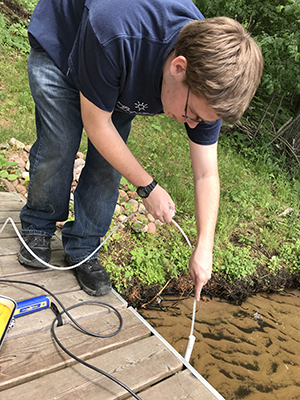
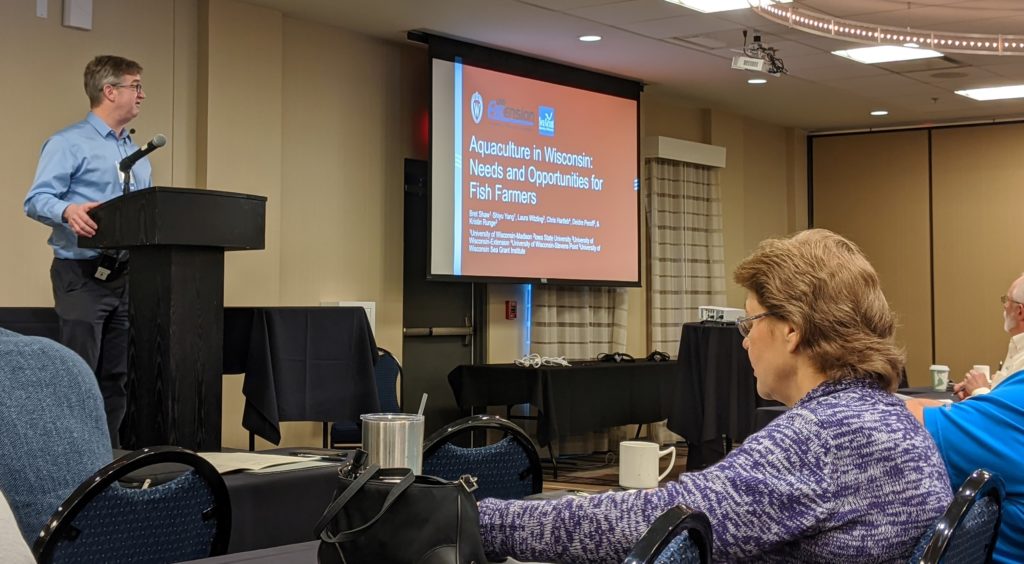
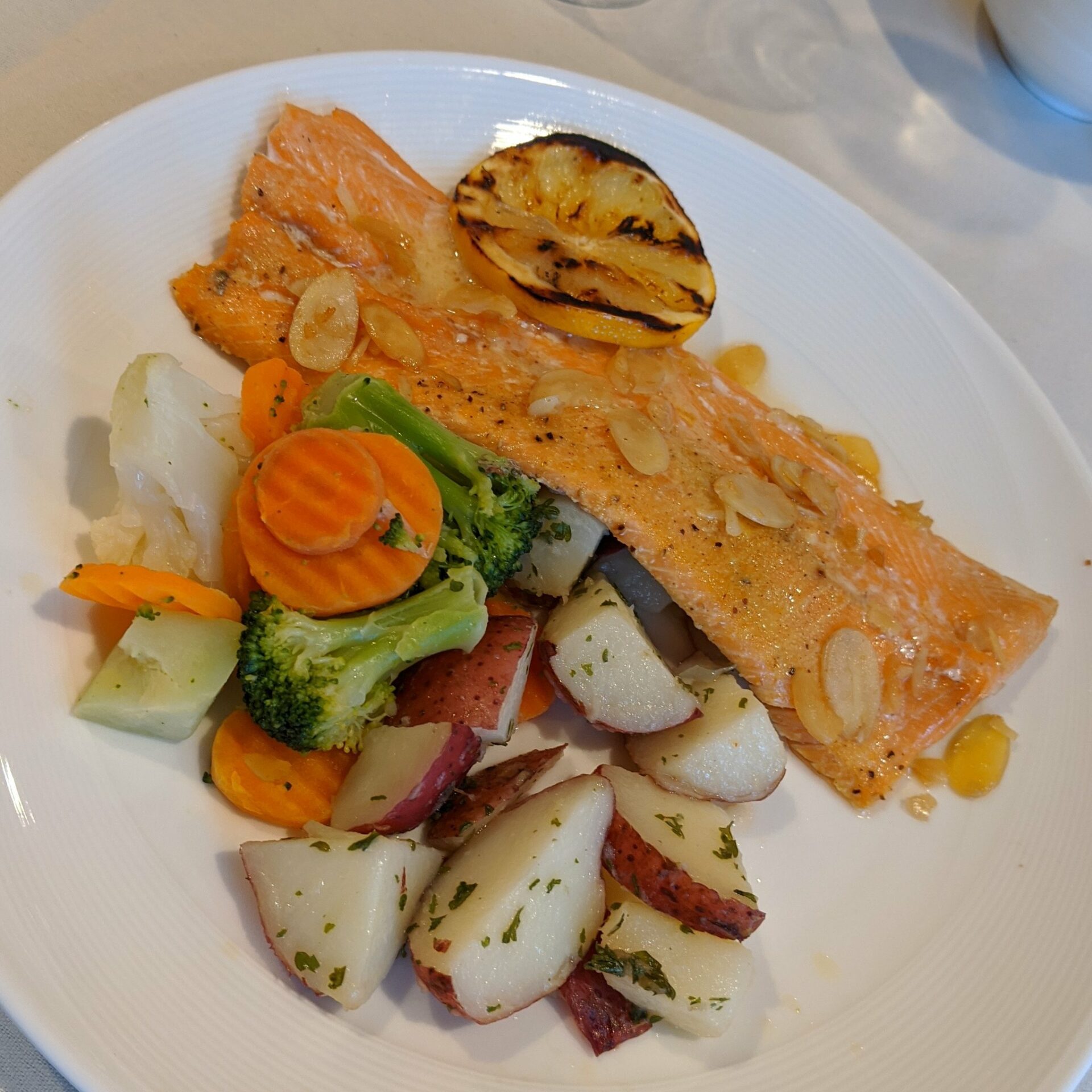
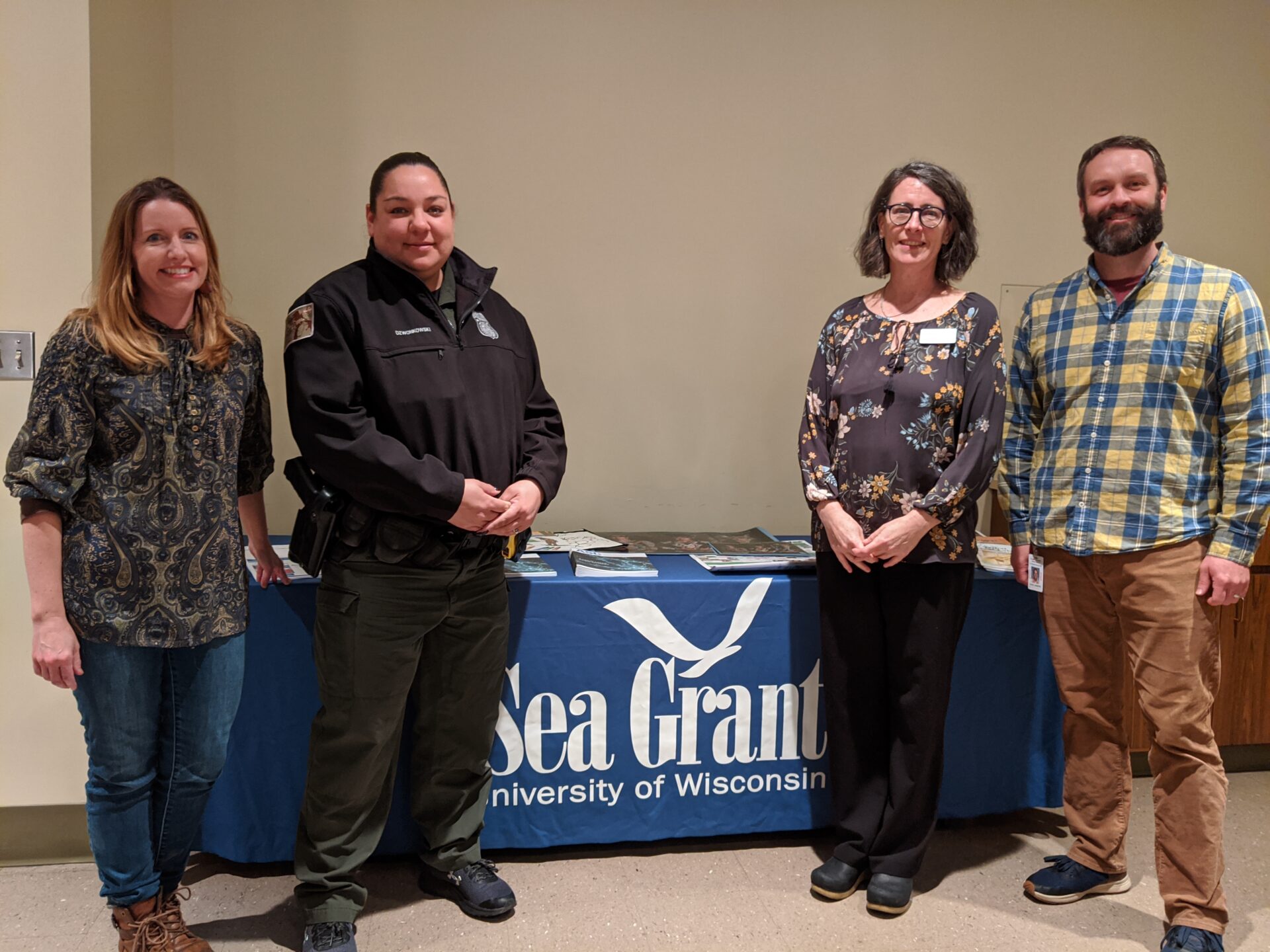
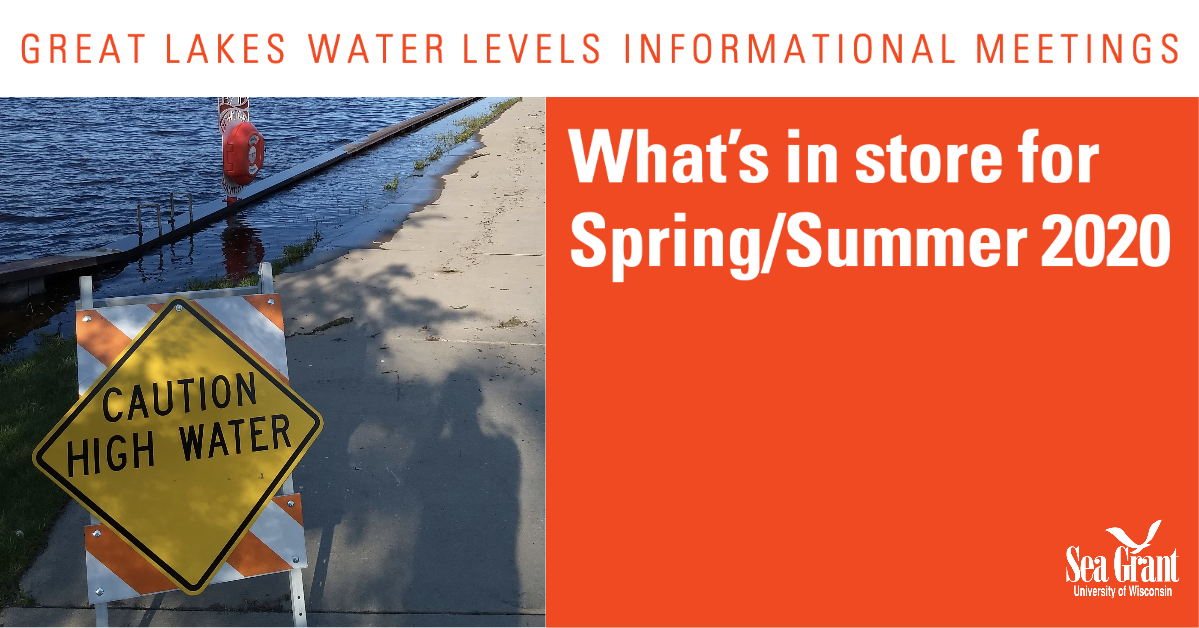 Great Lakes water levels have been at or near record highs in recent months, prompting concern among many Wisconsin residents.
Great Lakes water levels have been at or near record highs in recent months, prompting concern among many Wisconsin residents.